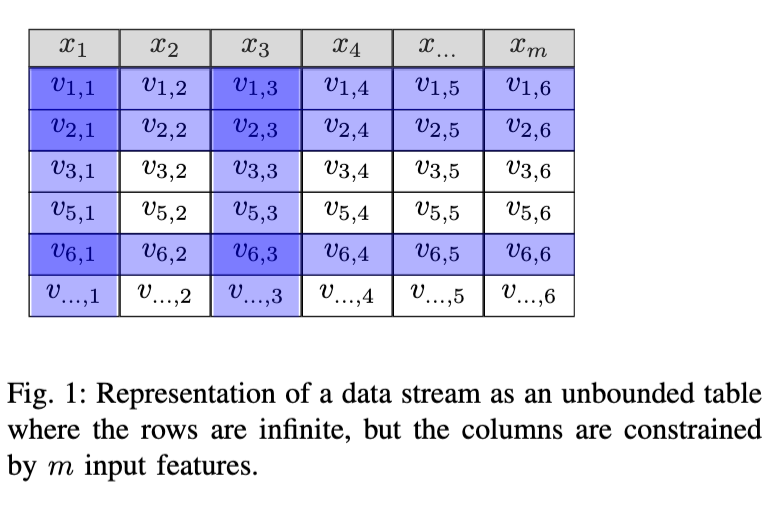The Streaming Random Patches (SRP) algorithm is a new ensemble method specially adapted to stream classification which combines random subspaces and online bagging. We provide theoretical insights and empirical results illustrating different aspects of SRP. In particular, we explain how the widely adopted incremental Hoeffding trees are not, in fact, unstable learners, unlike their batch counterparts, and how this fact significantly influences ensemble methods design and performance. We compare SRP against state-of-the-art ensemble variants for streaming data in a multitude of datasets. The results show how SRP produce a high predictive performance for both real and synthetic datasets. Besides, we analyze the diversity over time and the average tree depth, which provides insights on the differences between local subspace randomization (as in random forest) and global subspace randomization (as in random subspaces).
Heitor Murilo Gomes, Jesse Read, Albert Bifet: Streaming Random Patches for Evolving Data Stream Classification. ICDM 2019: 240-249
